A nun’s breast and Hannibal crossing the Alps
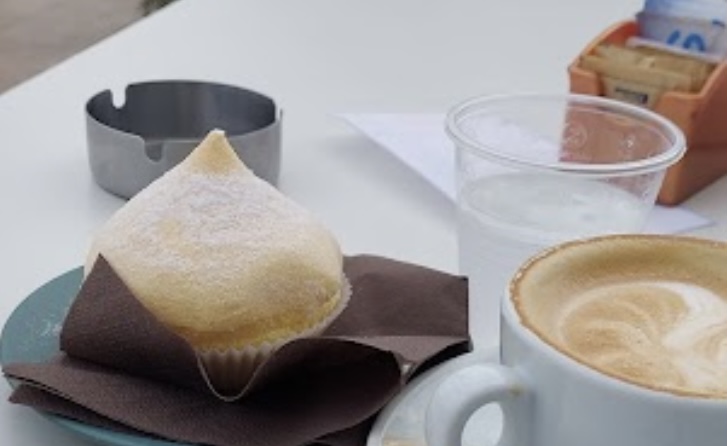
In these parts, if you order tette delle monache with your cappucino you’ll get a delicious cream-filled cake more commonly known as “a nun’s breast.”
Italians don’t seem to swear very much, not that it’s easy to tell. Focaccia doesn’t mean what it sounds like to an Anglo-Saxon ear. It means a type of bread.
The cheese counter in the local shop has a hundred different varieties in all shapes, sizes and colours.
There are no less than 350 different shapes of pasta and more than 1,000 actual types of pasta, differing from region to region, and that’s a conservative number conjured out of surmise. The sauces, spices and recipes that go with them are incalculable.
Culture shock doesn’t begin to describe what the eye feasts upon daily, in the shops, in the restaurants and cafes and over the sweeping physical beauty of the countryside in coastal southern Italy.
In local etiquette, certain practices are just not done. You don’t ask for a grappa and a thimble-size cup of strong back coffee to go with it until the table is cleared at the end of a meal. Grappa is a kachasu of strong grape-based brandy made from distilled skins, pulp, seeds and stems of grapes left over from winemaking. No messing about – it’s a digestif of up to 60 percent alcohol. Surprisingly in the winelands, most Italians don’t seem drink to excess at all hours of the day. A glass of chilled acqua, bottled water, is immediately on offer everywhere you go.Tap water isn’t 100% safe.
And it is not done to fill a wine glass beyond about one third of its size. Bad manners by us outsiders.
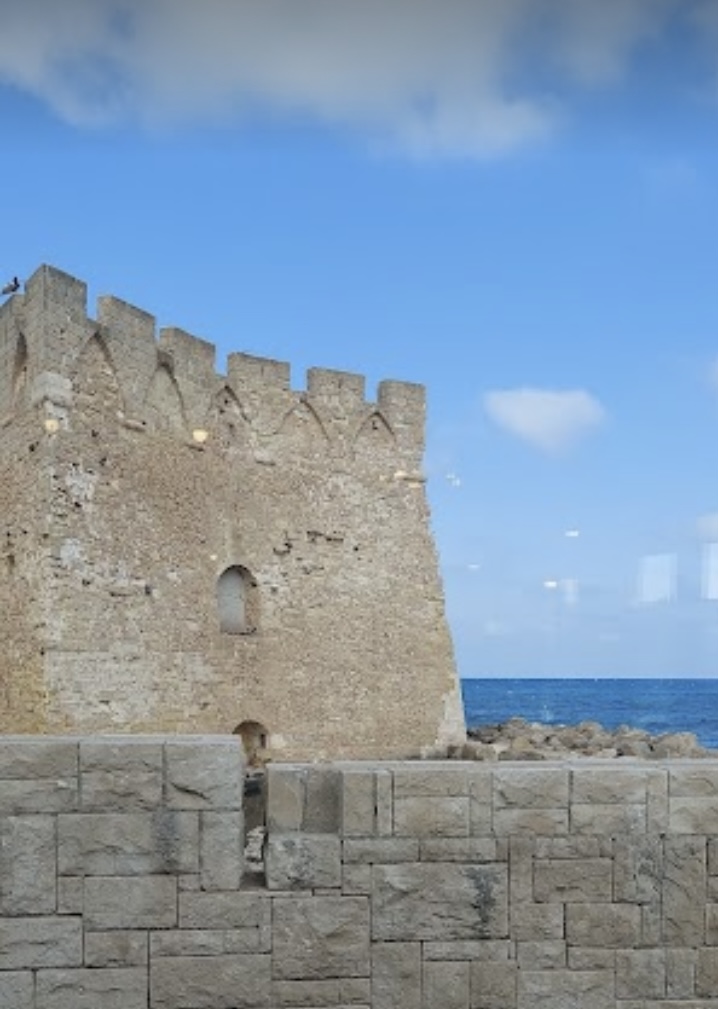
In a restaurant I sit ten meters from this 1200-year-old tower like many dotted along the coast for defence against invaders over the millennia. The translucent colours of the Adriatic and of the skies above inspired Italy’s classical painters.
In the history of this stretch of the coast, Neanderthals were the early inhabitants 40,000 years ago.
The first settlement was destroyed by Hannibal, the Carthaginian general who crossed the Alps with elephants, as we all learnt at school, to attack Rome from the north.
This coastline was rebuilt by the Romans and then controlled by the Normans after the collapse of the ancient Roman Empire.
Like empires to come, the Romans became overextended, they lost military superiority and succumbed to the eventual weaknesses of greed and decadence. History has repeated itself ever since and still does.
My, oh, my. From a nun’s breast and a slug of grappa to Hannibal and the collapse of mighty empires, it’s all rather astonishing, nay overwhelming, for an outsider, not so?
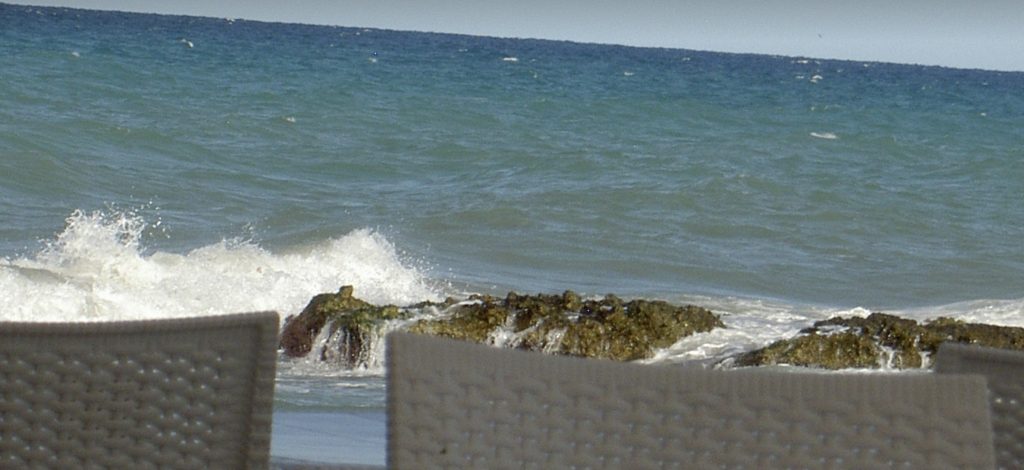

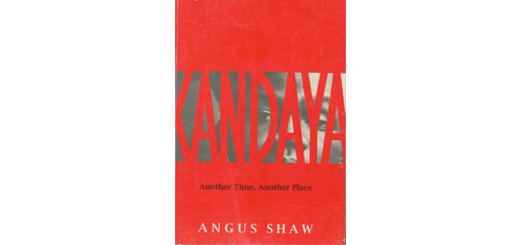
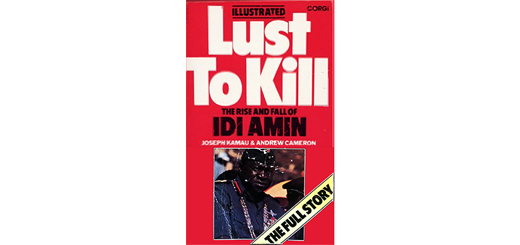
Good to see you’re enjoying yourself – and soaking up the history – and contemporary delights!
Sounds like the holiday you deserve Goose